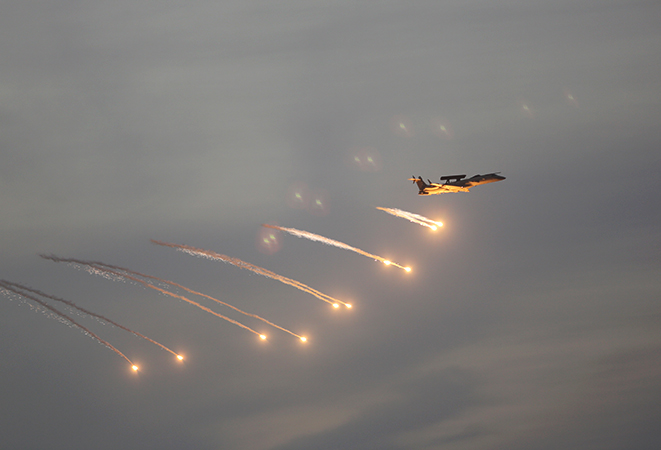'Operation Bandar' was IAF's code name for Balakot airstrike
"In order to maintain secrecy and ensure that the plans don't leak out, the Balakot operations were given the codename Operation Bandar," senior defence sources said.

New Delhi: "In order to maintain secrecy and ensure that the plans don't leak out, the Balakot operations were given the codename Operation Bandar," senior defence sources said.
Without detailing any specific reason behind the name, sources said monkeys have always held a special place in India's war culture as seen in the epic Ramayana, where Lord Rama's lieutenant Lord Hanuman quietly sneaked into Lanka and destroyed the entire capital city of the demon Ravana. On February 26, 12 Mirages having taken off from multiple air bases crossed over into the Pakistani air space and carried out missile attacks on Jaish-e-Mohammed terror camp in Balakot town of Khyber Pakhtunwa province.
The attacks carried out by the Indian Air Force, pilots had dropped five Spice 2000 bombs out of which four penetrated the rooftops of the building in which the terrorists were sleeping.
Also Read |
Indian High Commission in Islamabad gives demarche to Pakistan MoFA for immediate return of IAF pilot

The attacks were carried out at 3.30 AM and within a few minutes after dropping the bombs on their designated targets, the Indian Air Force planes returned to their bases. The aircraft used in the attack belonged to the No 7 and No 9 squadrons of the Indian Air Force and included the non-upgraded planes as the upgraded Mirages of the No 1 squadron did not have the air to ground strike capability at that moment.
While some of the Mirage aircraft carried out the attack on Jaish positions, a team of other few Mirages and Su-30MKI combat aircraft kept the Pakistan air force planes away from causing any hindrance or launching any counter-offensive.
Also Read |
Abhinandan meets Air Force Chief Dhanoa, briefs him about Pak detention
As per the Air Force briefings to the government, 80 per cent of the bombs had been dropped successfully on their targets and had carried out the requisite damage to the enemy locations. The operations were ably supported by the indigenous Airborne Early Warning and Control systems (AEW & C) plane Netra. The Indian Air Force had also kept its team of Garud commandos on stand-by for any kind of operations that may have been required due to any kind of emergency there.
The Indian Air Force is also planning to reward the IAF pilots who took part in the attack with Vayu Sena Medal for Gallantry for their acts of bravery. (ANI)
 Dynamite News
Dynamite News 